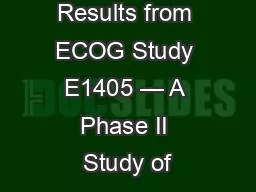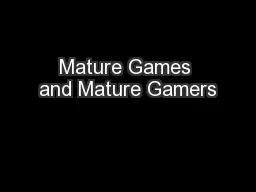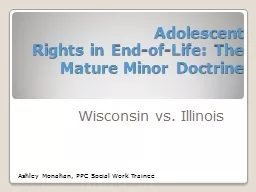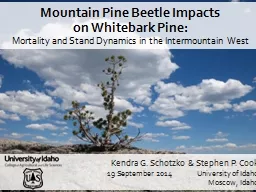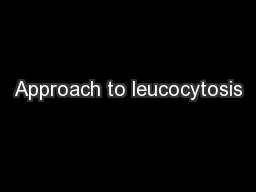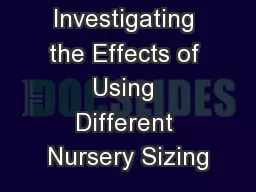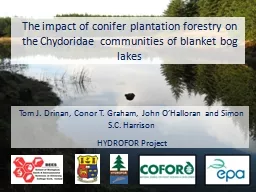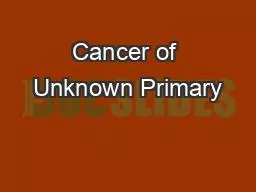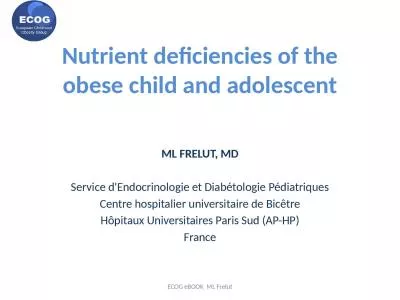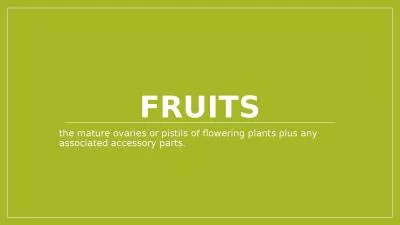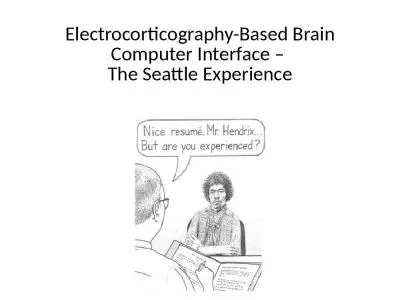PPT-Mature Results from ECOG Study E1405 — A Phase II Study of
Author : webraph | Published Date : 2020-06-29
VcR CVAD with Maintenance Rituximab for Previously Untreated Mantle Cell Lymphoma Kahl BS et al Proc ASH 2012 Abstract 153 Background Mantlecell lymphoma MCL
Presentation Embed Code
Download Presentation
Download Presentation The PPT/PDF document "Mature Results from ECOG Study E1405 —..." is the property of its rightful owner. Permission is granted to download and print the materials on this website for personal, non-commercial use only, and to display it on your personal computer provided you do not modify the materials and that you retain all copyright notices contained in the materials. By downloading content from our website, you accept the terms of this agreement.
Mature Results from ECOG Study E1405 — A Phase II Study of: Transcript
Download Rules Of Document
"Mature Results from ECOG Study E1405 — A Phase II Study of"The content belongs to its owner. You may download and print it for personal use, without modification, and keep all copyright notices. By downloading, you agree to these terms.
Related Documents

